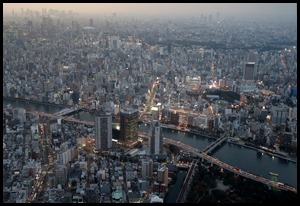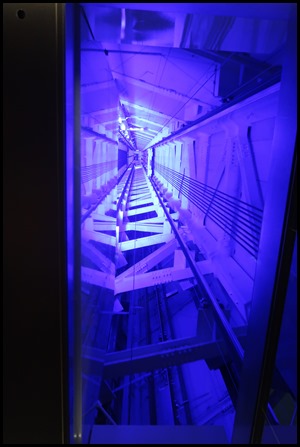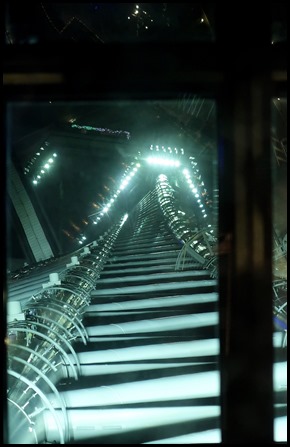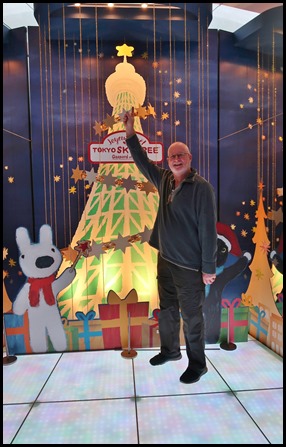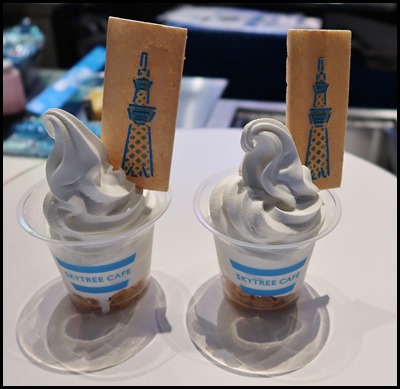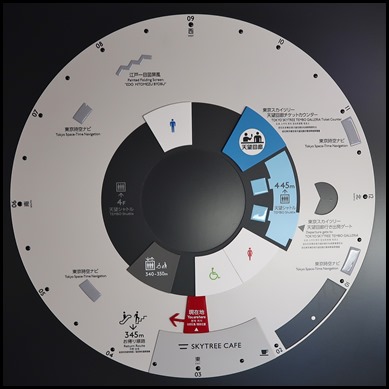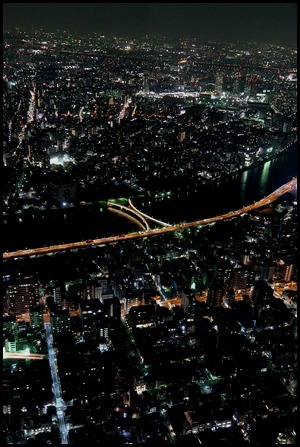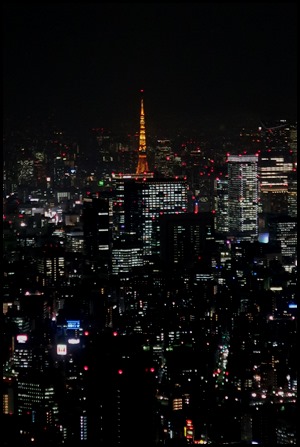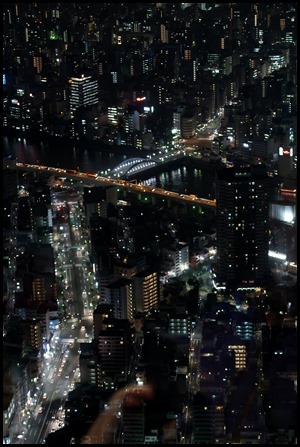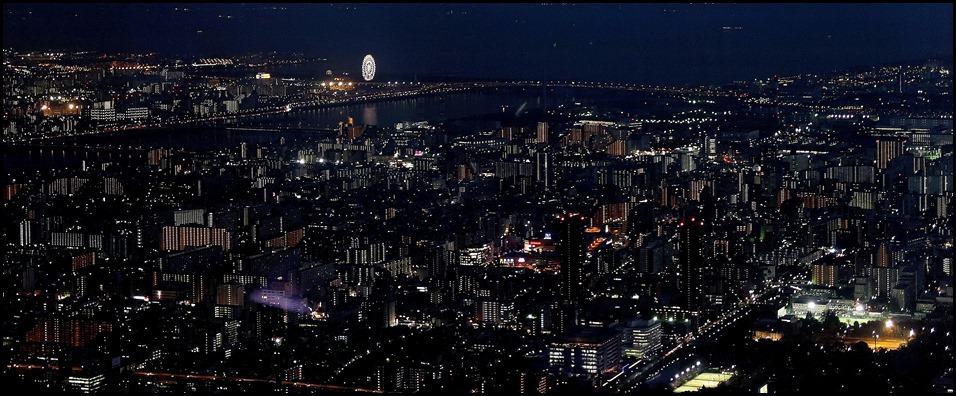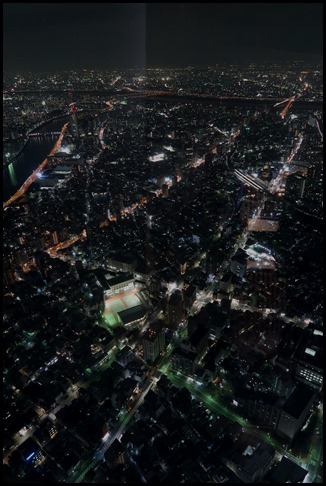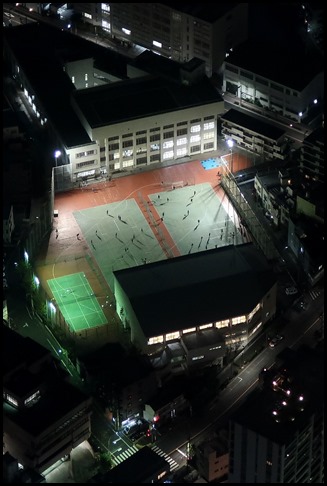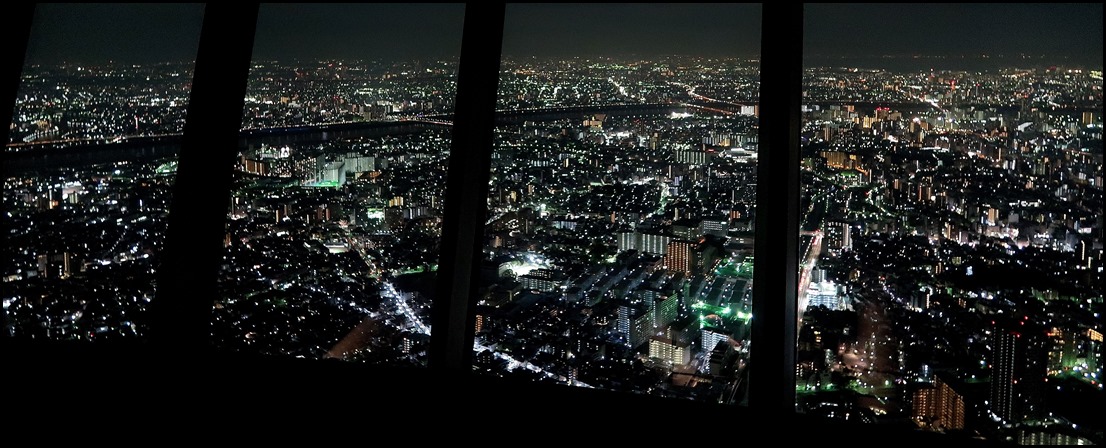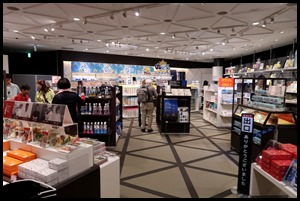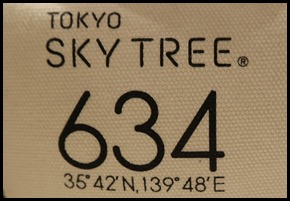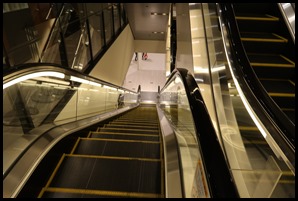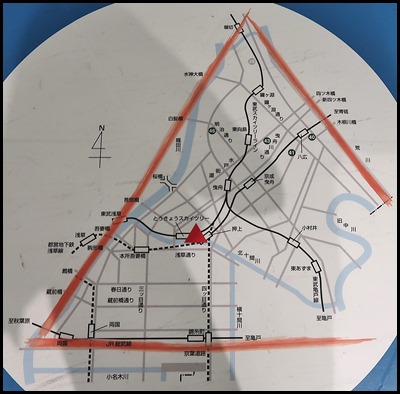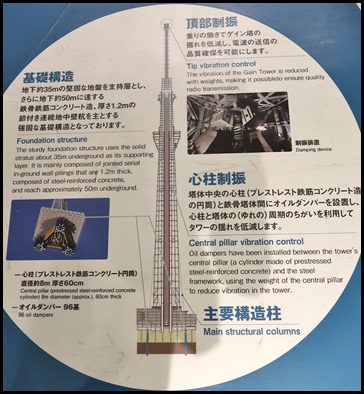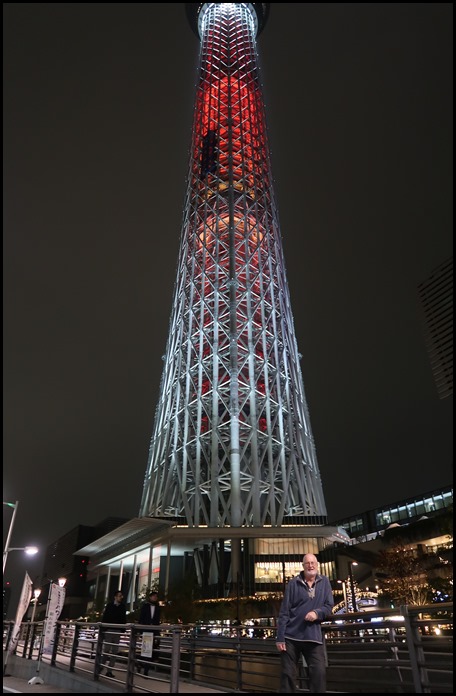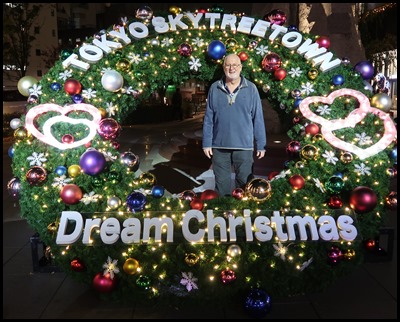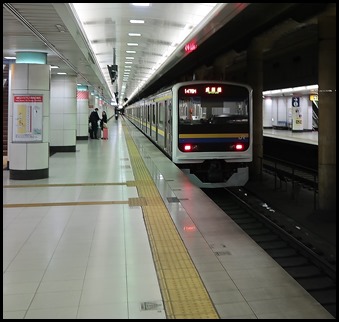Tokyo's Skytree

|
Tokyo's
Skytree
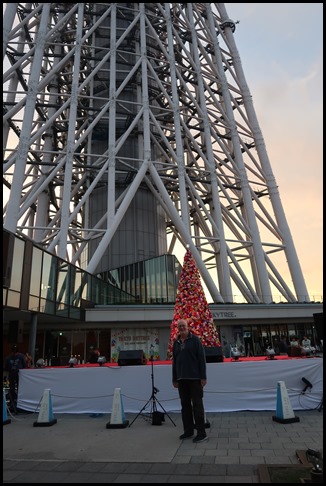 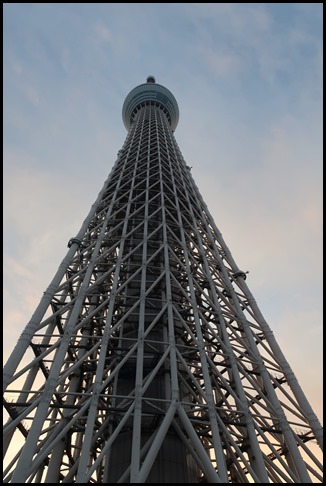 Our grand
finale in Tokyo and indeed Japan was a visit to the world’s
tallest tower. Tokyo Skytree’s 634
metre peak was reached just one week after the Great East Japanese Earthquake on
the 18th of March 2011 at 13:34. Work began on the tower in July 2008 and
was visitor-ready by February 2012. When considering the height for a tower that
was to be the world’s tallest tower and a symbol for the region, 634 was chosen
as it is an easy number to remember as it can be read as “Musashi,” which is a
word that is very familiar to the Japanese as it is reminiscent of the Musashi
Province, which is the old name for a large region that encompassed part of
Tokyo, Saitama, and Kanagawa.
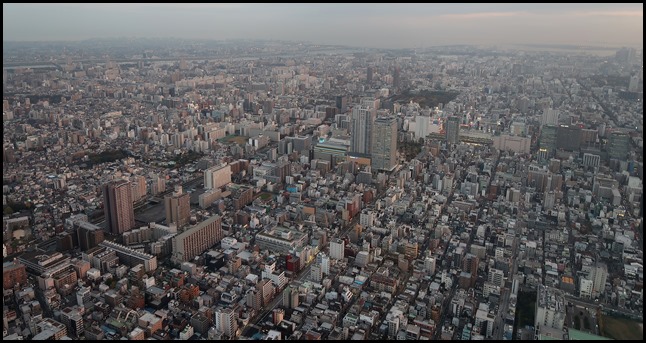
We took the fast moving lift to the first observation deck called Tembo, just on dusk before many city lights were lit. The number of stairs from the first floor to the Tembo Deck (Floor 340) is 1,929. From the Tembo Deck to the Tembo Galleria (Floor 445), there are 594 stairs, for a total of 2,523 stairs. The Tembo Deck can hold approximately 2,000 people and the Tembo Galleria can hold approximately 900. The total weight of the steel framework of the tower including the observation deck is the same as 200 Jumbo Jets at 180 tons each.
Full length glass and maps with buildings of interest. Bear in a fifth anniversary frame and a few more city lights are switched on.
A painting of how this particular view was in a bygone era and a picture of the modern city: This painting, which was painted in 1809 (6th year of Bunka) by Kuwagata Keisai, the clan painter for the Tsuyama clan, is a bird’s eye view of the entire city of Edo, depicting the towns, lifestyles and culture of the time. With a population of over 1 million people, Edo was one of the world’s major urban centers of the era. Interestingly, this bird’s eye view composition of the bustling towns of Edo and the Sumida River with Mt. Fuji in the background overlaps with the view from the Tokyo Skytree, and gives viewers a sense of history an urban culture that lives on from Edo to Tokyo. This painting is exhibited here as a symbol of the Tokyo Skytree which transcends space and time, and links Edo, the present and the future. Rightee-oh then.
We went up to the top in a lift with a see-through ceiling. At the top we stood on a glass panel and looked down, odd as it could be looking up....Bear points to the top at a Christmas scene.
We enjoyed an ice cream and then set about the spiral walk to the very top.
We looked down on the river, found the Tokyo Tower, watched the traffic and the big wheel.
A stadium, we zoomed in on a football game.
We took the escalator down to the main lifts and got our best view.
At the bottom we had a bimble around the gift shop, lots of bits and bobs with the height, lat and long. Then we rode many escalators around the five storeys of shopping mall. We found a display area honouring Del Monte......we had a real giggle and it is silly enough to give it a blog. True to say once more – you never know what’s next.
Walking around, we saw saw information bits about the tower. Why does Tokyo Skytree have a three-legged structure ? Tokyo Skytree is surrounded by three urban axes: the Sumida River, the Arakawa River, and railways and highways on the south side of the tower. It is located in the centre of the triangle formed by the main streets extending along these three urban axes. Each of the three sides of the tower is designed to face the corresponding street so that visitors coming from the street can see the front face of the tower and feel welcomed. This is why Tokyo Skytree has a triangle-shaped structure. Why are the steel frames white ? Based on the Japanese traditional colour Aijiro (bluish white), this colour reflects the change of the seasons, weather and time, allowing Tokyo Skytree to seem like a canvas portraying. Why does Tokyo Skytree stand on three legs ? The most stable configuration to maximise the length of each side of the tower, minimizing a visually oppressive feeling in the surrounding area. The three-legged base that can be seen in the lower part of the tower reminds you of a kanae, a tripod kettle used for ceremonies in ancient China, and also gives you a sense of stability. For this reason the are called Kita-kanae (north tripod), Higashi-kanae (east tripod) and Nishi-kanae (west tripod) respectively. Then we read bits about the foundation structure and central pillar.
Bear stands in a circle which
represents the thickest pillar of the tower, a diameter of 2.3 metres with a
wall thickness of 10 centimetres.
In order to maintain function of a broadcasting tower even in the event of a major disaster, Tokyo Skytree is designed to ensure higher capacity and safety than regular super high-rise buildings. Verification tests are also conducted to demonstrate its resistance to earthquakes and strong winds that are usually not taken into account. For lightning protection, a lightning rod is installed on the top of the tower 634 metres above the ground. However, since the tower is made of steel frames, all parts of the tower, including the antenna gain tower and the tower body, are subject to lightning strikes. Tokyo Skytree is designed so that the lightning current goes deep into the ground through the steel frame no matter where the lightning strikes. Therefore, the observation deck, lobbies, and other indoor places always remain safe.
Bear and Skytree by the canal.
Bear posed in a Christmas wreath outside and we then we took our final train ride in Japan, back to our digs near the airport.
ALL IN ALL SO PLEASED TO HAVE DONE THE WORLD’S NUMBER ONE REMARKABLE TO HAVE A ‘HILL’ TO WALK UP AT THE TOP |


